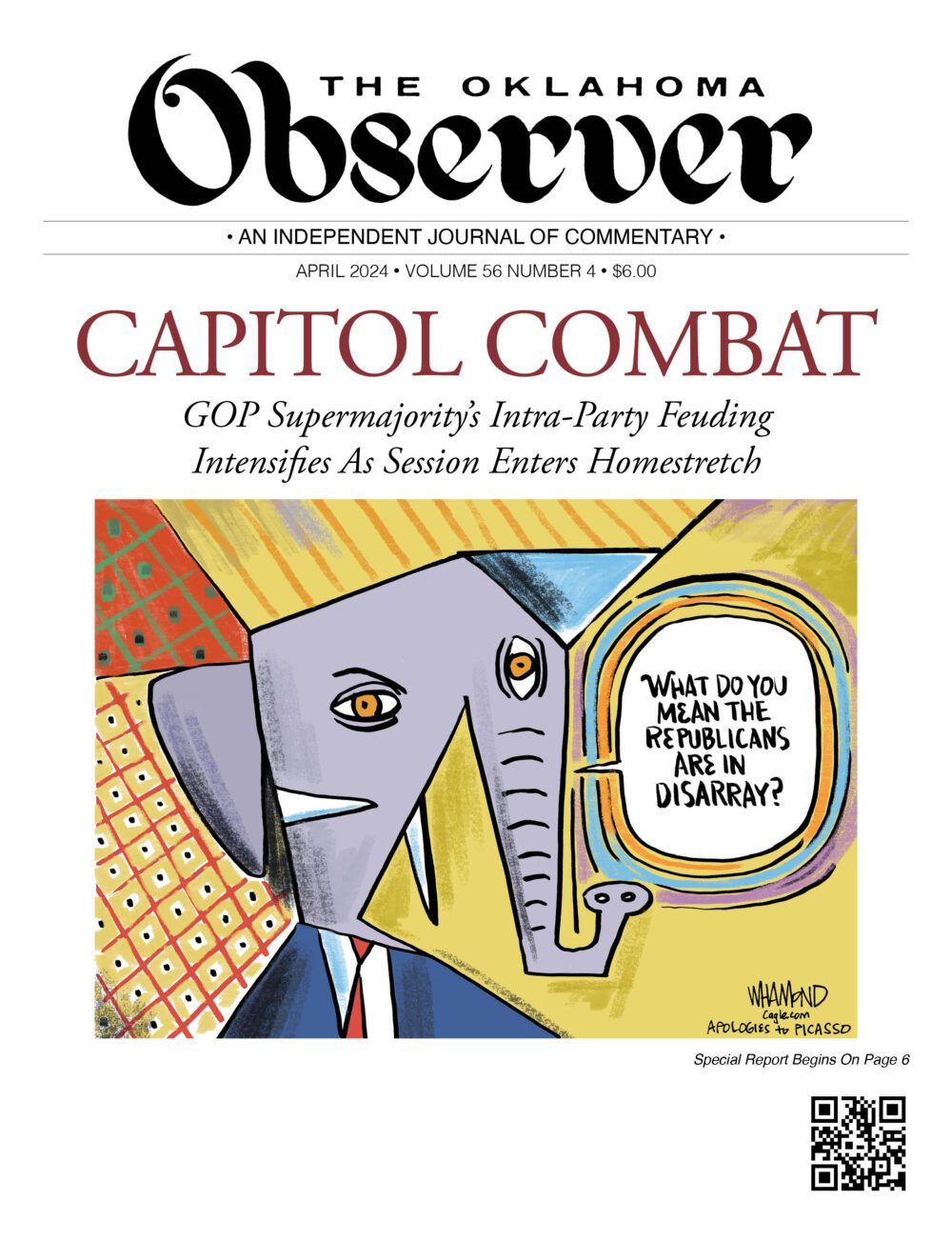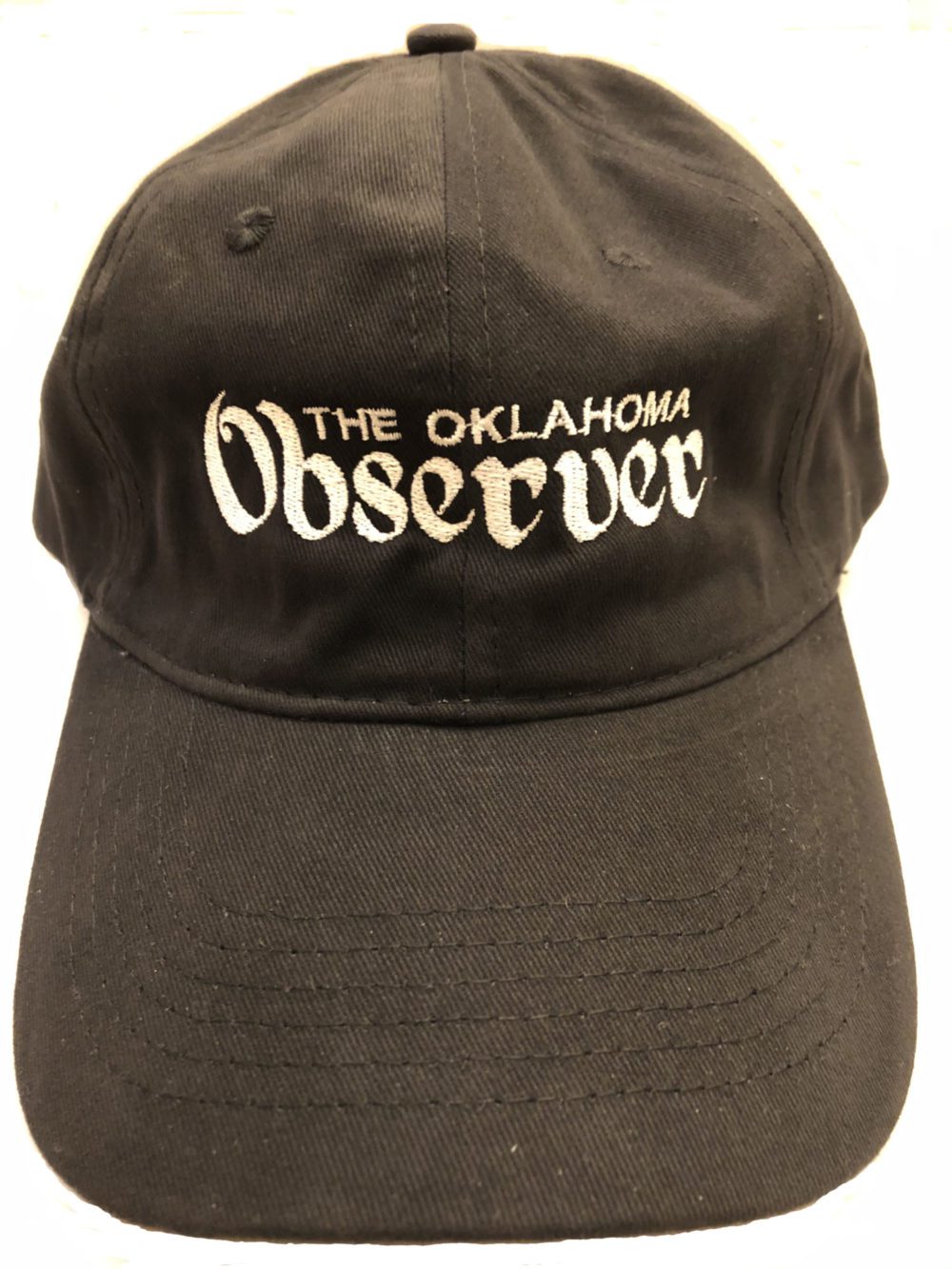This week we experience the shortest day of the year for this part of the world, and as we prepare for the return of longer days, it is a time to reflect on the ways we can bring light into the darkness of the world like so many who have gone before us and like so many who journey on this earth with us now.
It can be easy to equate the light with that which is good and the darkness with that which is bad or evil. Perhaps this is owing to actual experiences of danger that we have had in the dark or simply the difficulty we have making our way in the darkness without the presence of light.
This dualistic view of light being good and darkness being bad has been reinforced by religious and cultural mythology and imagery, and we see it portrayed in literature and film in powerful and memorable ways. I am sure the Star Wars fans among us remember clearly that there are two sides of the force, the dark side which is bad and the light side which is good.
This juxtaposition of light and darkness is one of the main reasons why persons in the Christian religion celebrate Christmas four days after the winter solstice. It has nothing to do with the actual date of Jesus’ birth, but the imagery of Jesus being the light of the world that the darkness could not overcome lends itself very well to celebrating his birth at a time that corresponds to when the days begin to get longer.
It also enabled Christians to incorporate many of the pagan symbols and rituals around the winter solstice into the Christian tradition, something that made Christianity even more inviting in an empire transitioning from paganism to Christianity.
Of course, we all know that the actual relationship between light and darkness is much more nuanced and much less morally dualistic than simply seeing light as good and darkness as bad. There is a proper role and place for both light and darkness in our lives and in the life of all life on earth and likely for much life that is beyond earth.
Imagine if you will for a moment an earth that did not rotate on its axis or even an earth that rotates much slower on its axis such that some portions of the earth would be in darkness for extremely long periods of times and other parts would be in the sunlight for extremely long periods of time. Let us all realize that in imagining such an earth, we are imagining a planet that could not sustain us, a planet that would not be able to sustain life. The long periods of darkness would bring extreme cold, and the long periods of light would bring extreme heat.
Our experience of seasons brought on by relatively slight variations in exposure to sunlight gives us a glimpse of what such a world would become – and it is a world devoid of life. The chances of life being able to evolve in such a way as to survive such extremes would be minuscule, and humans could not survive under such conditions.
Unfortunately, we don’t have to imagine a world in which extreme temperatures are becoming more and more of a reality owing to the human induced climate change we are already experiencing.
It is no wonder that humans have celebrated the winter and summer solstices as a point of turning away from too much darkness or too much light, from either death by freezing or death by heat stroke. We rightly do not want Mr. Snow Miser or Mr. Heat Miser to run amok and overwhelm the other. We need a balance. We need times of light and times of darkness, times of warmth and times of coolness, times of activity and times of rest, times of bustling community and times of silent solitude.
I am struck by the lack of balance when it comes to light and darkness in our lives every time I look up into the night sky where I live in Oklahoma City. In a city over-immersed in artificial light, the night sky is dull and mundane with only a few bright stars, the moon, and a few planets to be seen. There is very little left of the natural grandeur and glory of the majestic sprinkles of light on a canvas of dark sky that inspire awe about our place in the universe.
In a world of too much light, we are unable to see the beauty that only the darkness can bring, and no one should have to live without ever seeing the wonder and beauty of a starry night.
The choice that we face is not simply one of choosing the light vs. choosing the darkness, but of rather knowing when we need more light and when we need more darkness in order to achieve the proper balance in which life and community may flourish.
As with all things, context matters, and for those of us living in the northern hemisphere and especially for those living in its northern most regions, we are in that time of the year when we are looking for more light to come into our world, and we are looking for ways to bring more light and warmth into this time of long and cold nights, whether it be the light of a chalice or a candle, the lights of decoration, or the light and warmth of beloved community.
And this winter, we must be in solidarity with all of those who by force or other circumstance do not have enough light and warmth in their lives, whether that be in a physical or emotional sense.
We have the opportunity to be the light and warmth for each other, especially with those who are the most vulnerable among us, and this winter we have a special responsibility to be in solidarity with and support of the millions of persons in Ukraine who are under a deliberate attack to make them live in darkness and the deadly cold when light and warmth are most needed.
Our lives provide us with a choice of whether we will work for the proper balance of light and darkness in our world by working for the life-giving balance of love and justice or become complicit in the ways of hate, fear, violence, injustice, and death. Those who have chosen the latter keep trying to kill the way of love and justice in this world, but it won’t go away because it is alive in the Beloved Community that keeps seeking ways to overcome the ways of death in this world.
In times that are overly dark when it appears that the light may not return, and in times full of fear, hatred, and violence, it is important to remember that the forces of evil in days, years, and centuries past often thought they had the last word, only to see that love and justice have a way of not being fully overcome by the darkness and continuing to live on.
May we live in this hope and may we live out this hope into the world as we sprinkle the darkness with the stars of our community and love.








